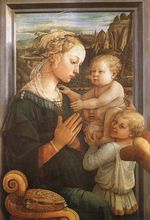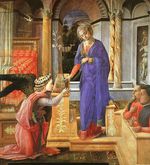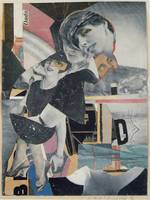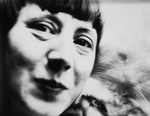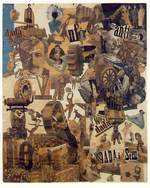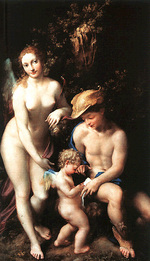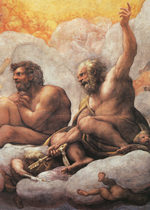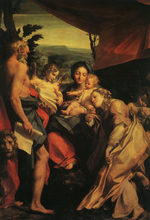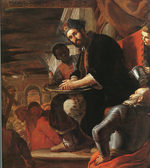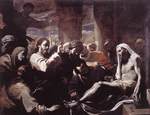Featured Artist at the e.Gallery: Cornelius Norbertus Gijsbrechts

|
Featured Artist at the e.Gallery this week is a 17th Century artist, Cornelius Norbertus Gijsbrechts [Belgian, 1610?-1675?] Link: http://fineart.elib.com/fineart.php?dir=Alphabetical/Gijsbrechts_Cornelius_Norbertus Cornelis Norbert Gijsbrechts (Gysbrechts) was a Flemish painter. He became free master in Antwerp in 1659/60. He worked most notably for the Danish court, where he was Court Painter 1670–72 in Copenhagen. He specialized in trompe-l’oeil or illusionistic paintings. |
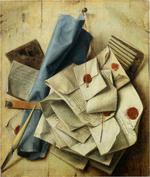 Quodlibet |
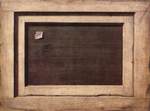 Subject: Reverse Side of Painting |
|
|





